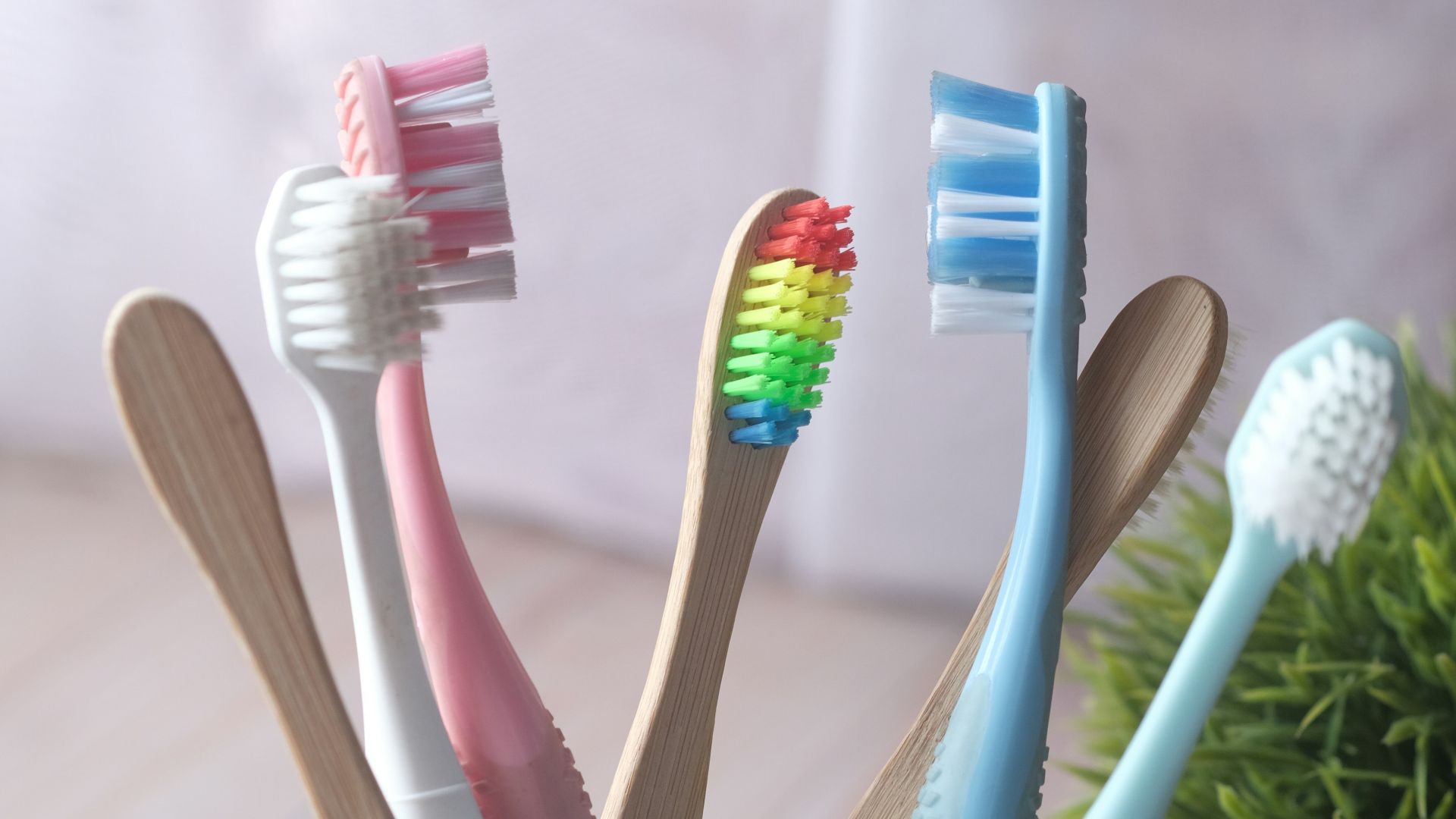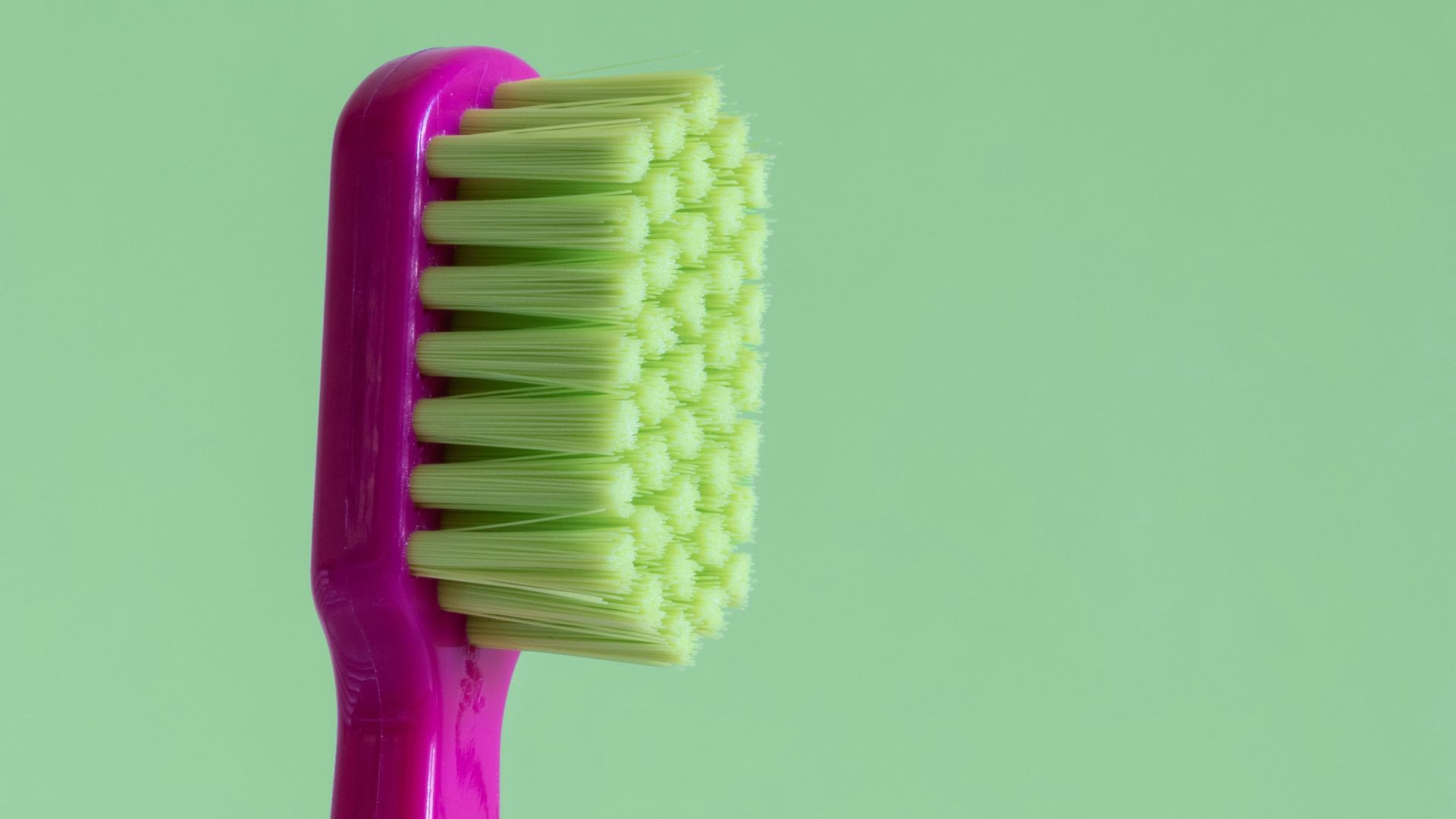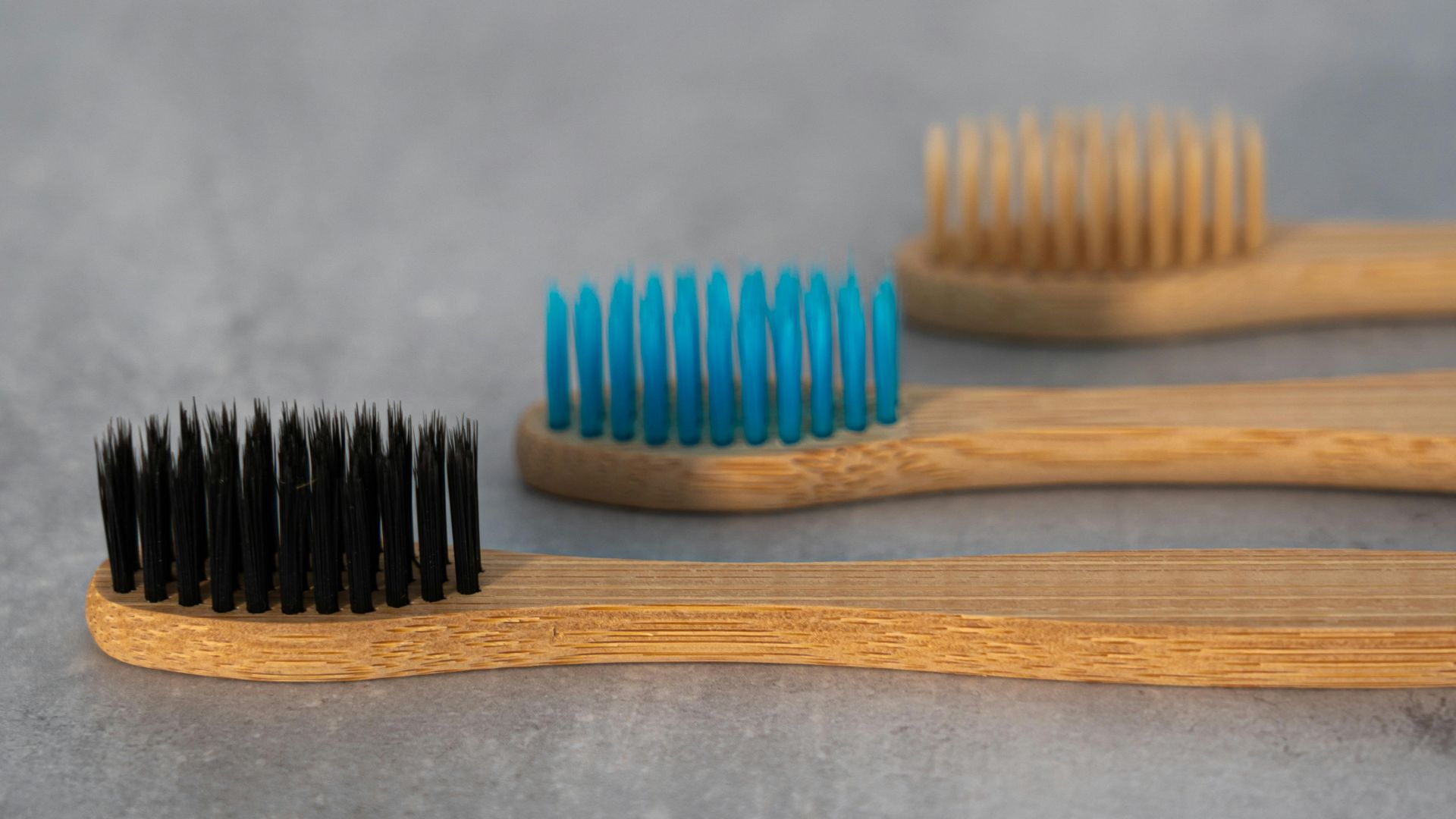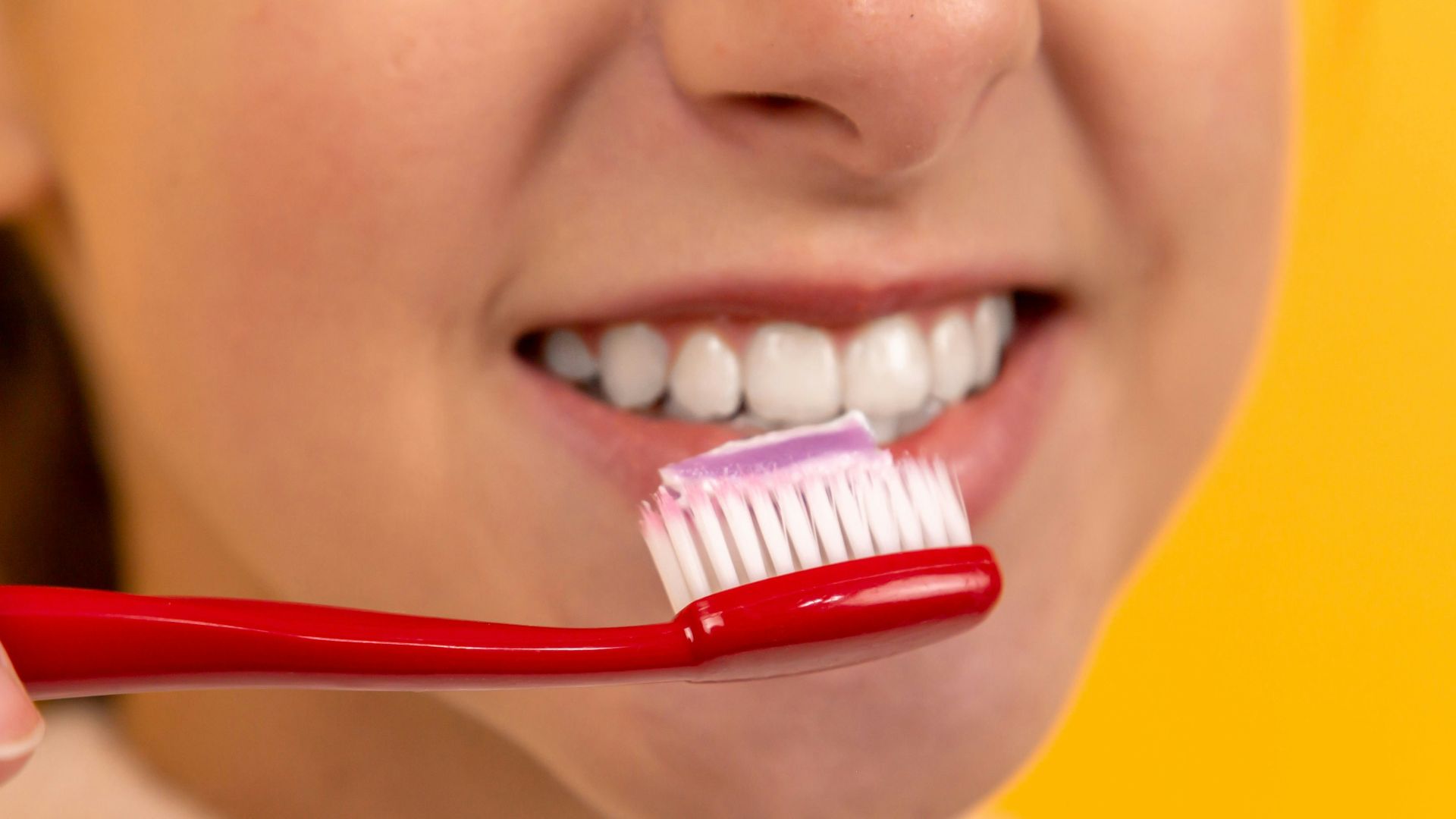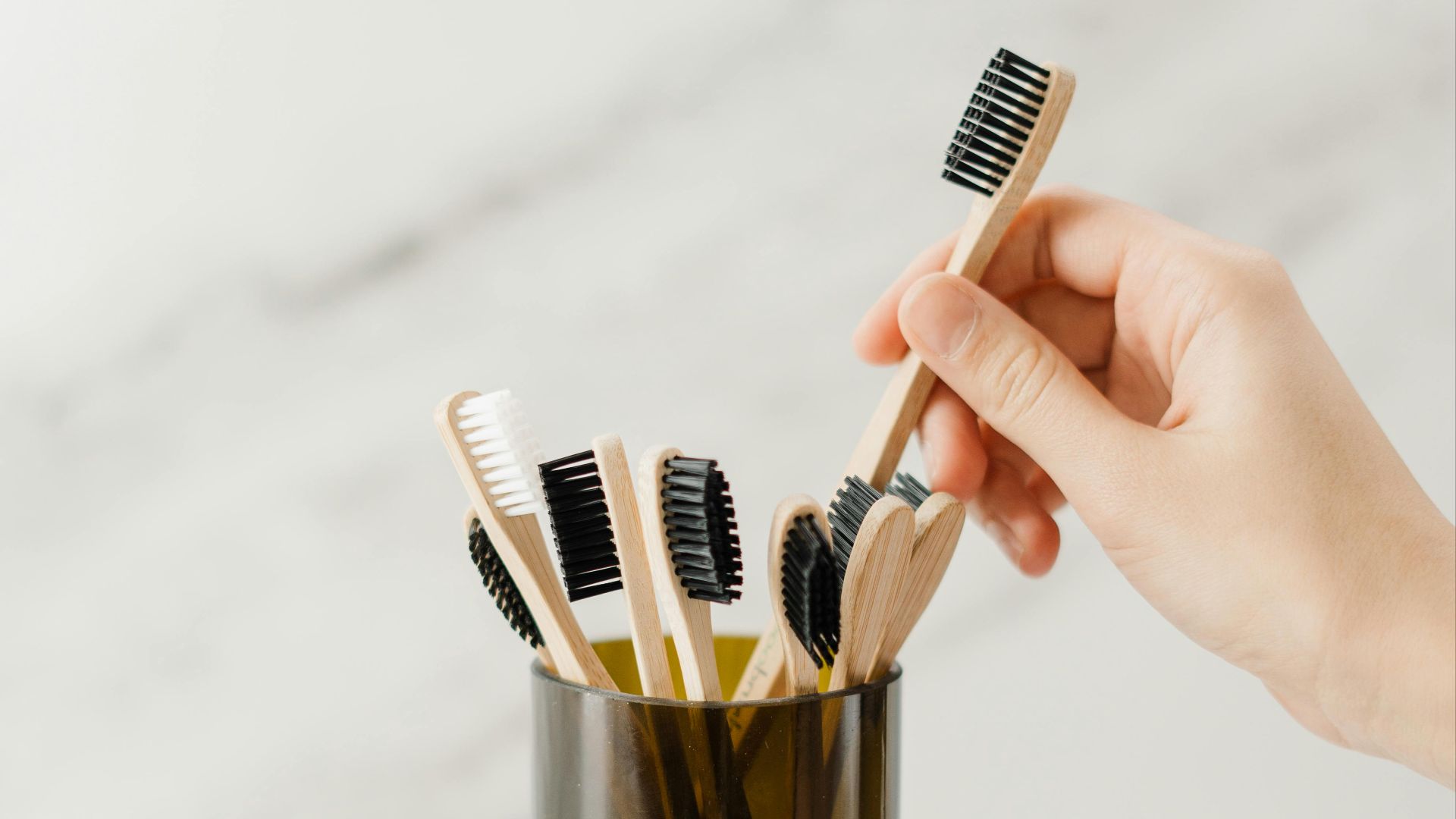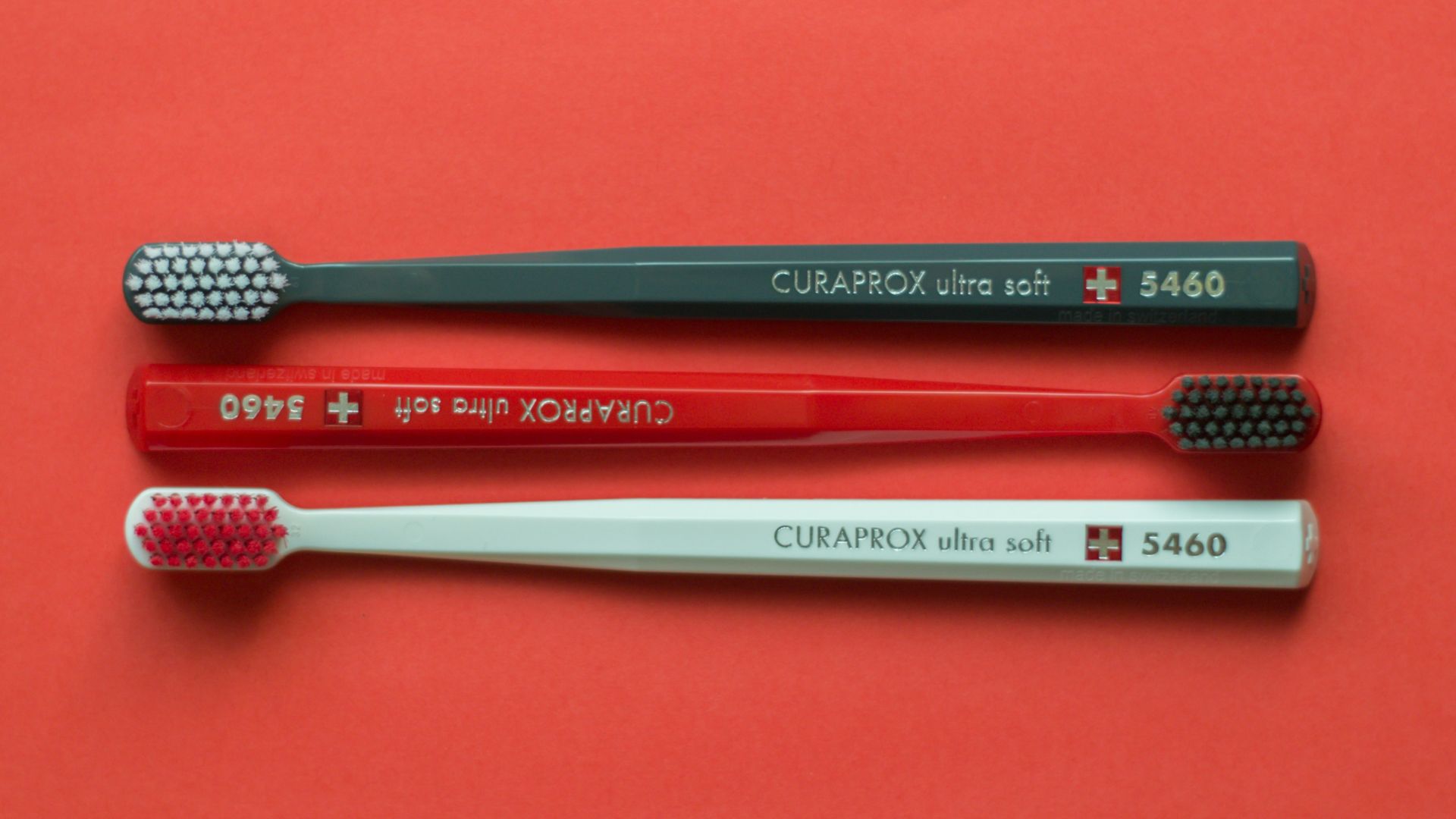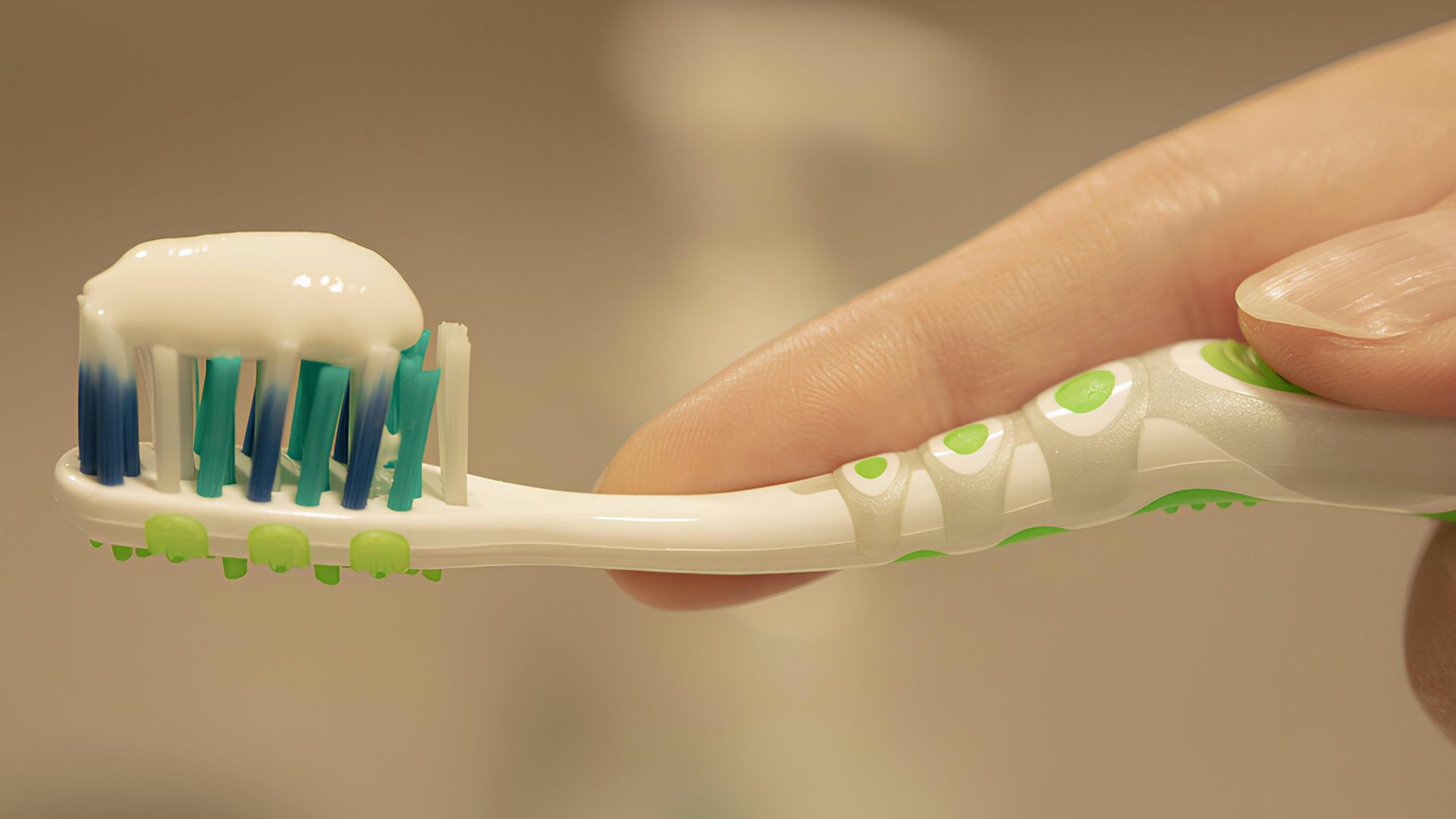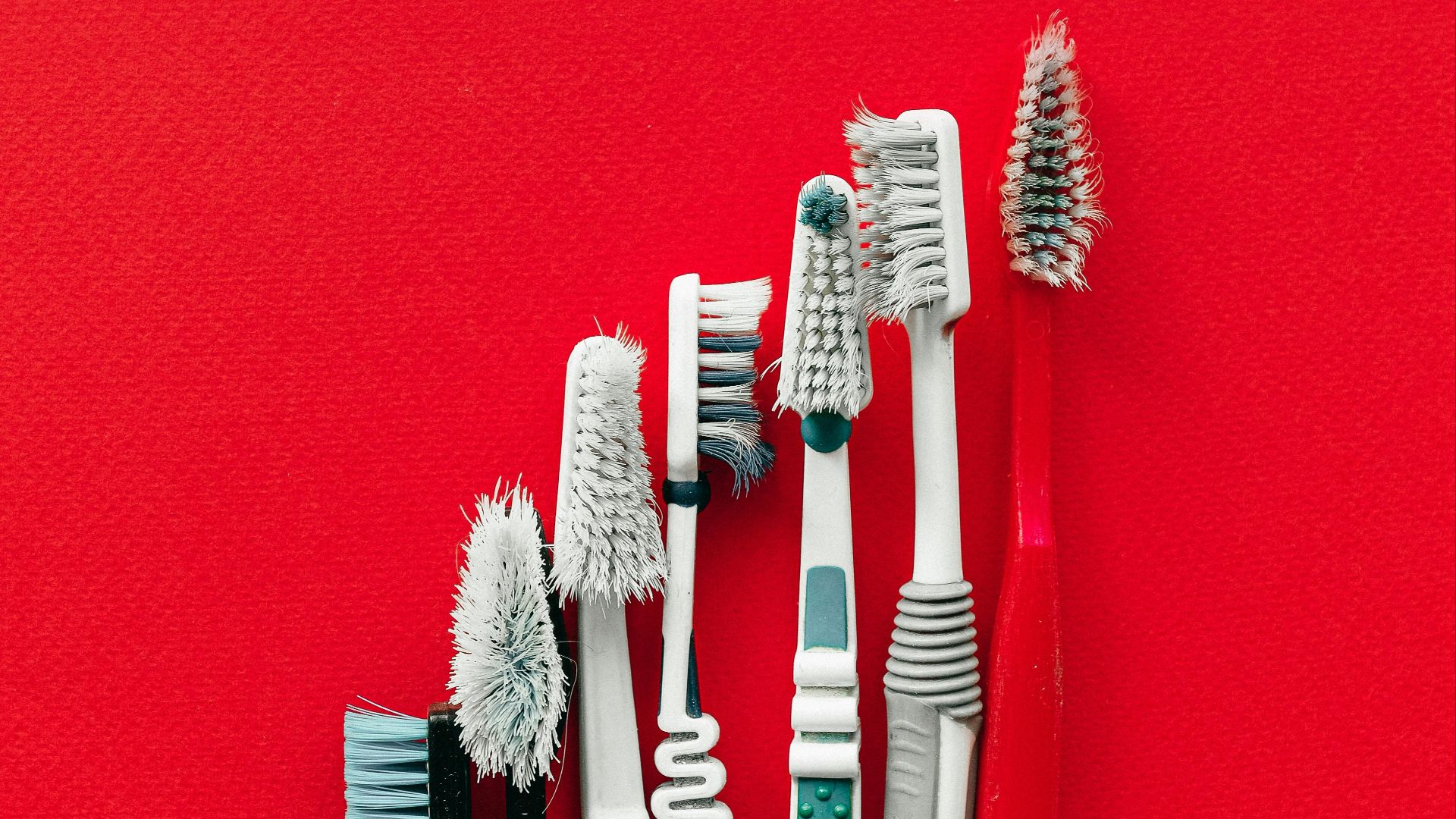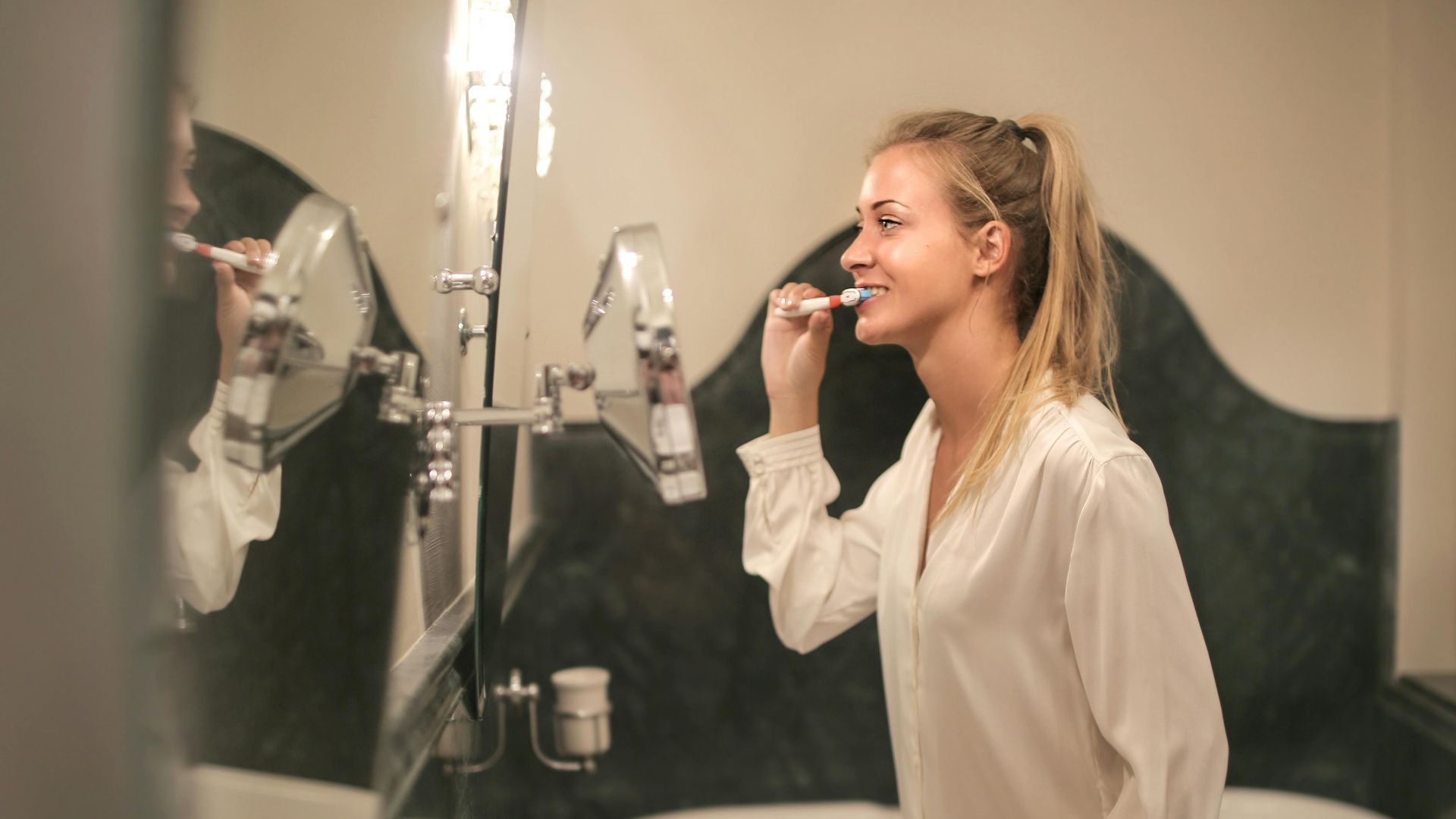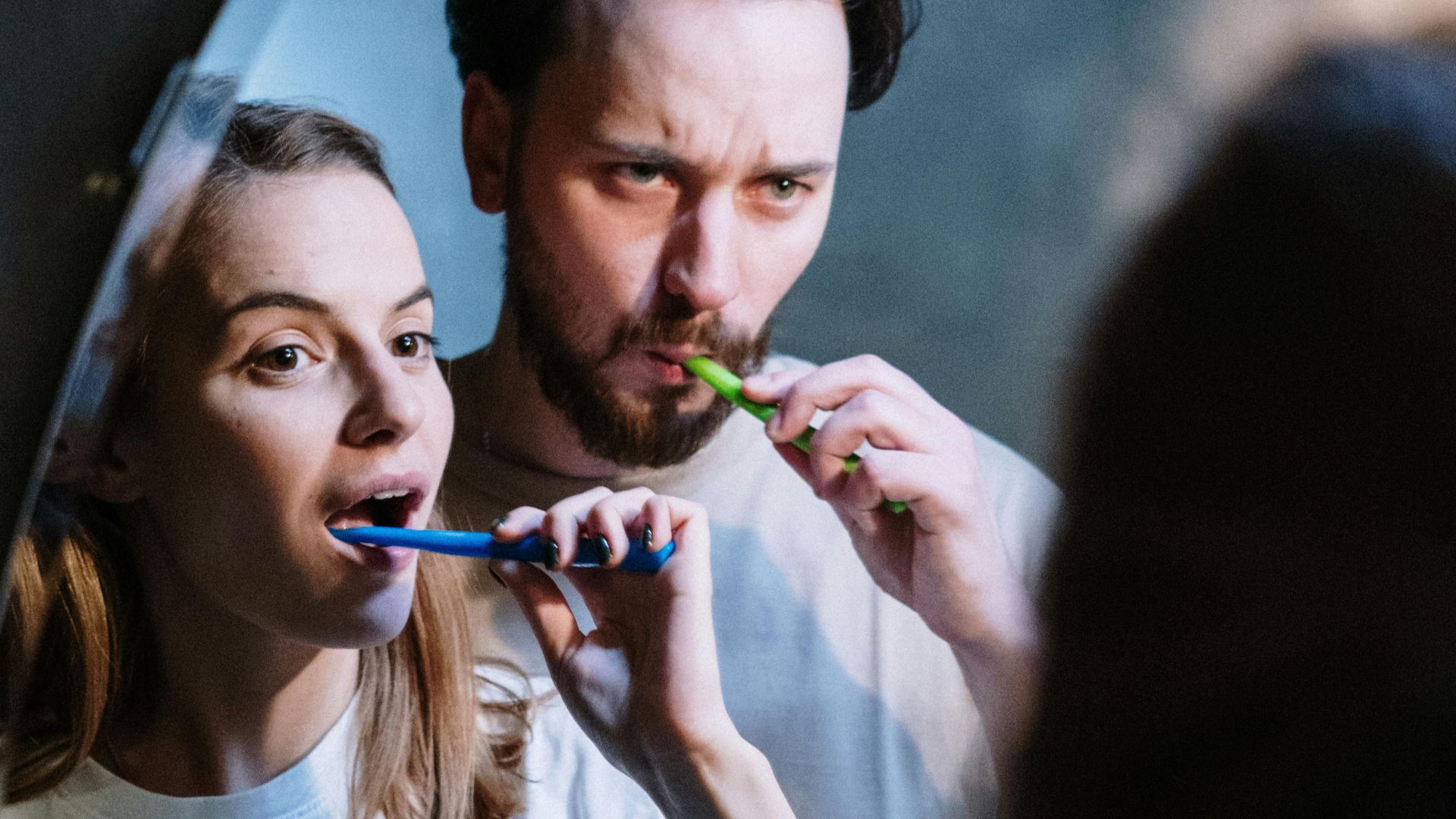Are You Just Rubbing E.Coli on Your Teeth?
Our toothbrushes work hard to keep our mouths nice and clean…so, surely they’re clean by default, right? Yeah, that’s not always the case! Sadly, our toothbrushes go through a ton of wear and tear, leaving anything from food particles to the potential for cold sores lurking in their bristles. Let’s dive into a few reasons your toothbrush is likely grosser than you think, and what you can do to protect yourself.
1. Yucky Particles, Especially If It’s Close to the Toilet
We don’t always think about storage; everything that belongs in the bathroom shares the room. The thing is, if your toothbrush is too close to the toilet, it’s likely covered in fecal bacteria that get aerosolized when you flush. Don’t believe us? Flushing with the lid open leaves anything within a five-foot radius in the danger zone!
2. Post-Flu Bacteria
Toothbrushes aren’t self-cleaning, which means that one you used during your flu bout is still covered in bacteria. Experts agree that viruses can live in the bristles for up to 72 hours, so you might want to replace that brush when you feel better. If you don’t want to spring for a new one, you should at least thoroughly rinse it and store it upright to allow full drying.
3. Worn-Out Bristles
It’s normal for toothbrushes to go through wear and tear, but bristles break down for a number of reasons. Some people brush their teeth too hard. Others haven’t replaced their toothbrush for over a year. If that’s the case, you’re looking at all sorts of debris lurking behind.
4. Potential for Cold Sores
We all know how quickly herpes can spread, and your toothbrush isn’t safe either. If you have a cold sore, it’s crucial that you don’t share toothbrushes (though you shouldn’t be doing that anyway). The science is still out on just how long the virus lives, but the last thing you want is to spread it around.
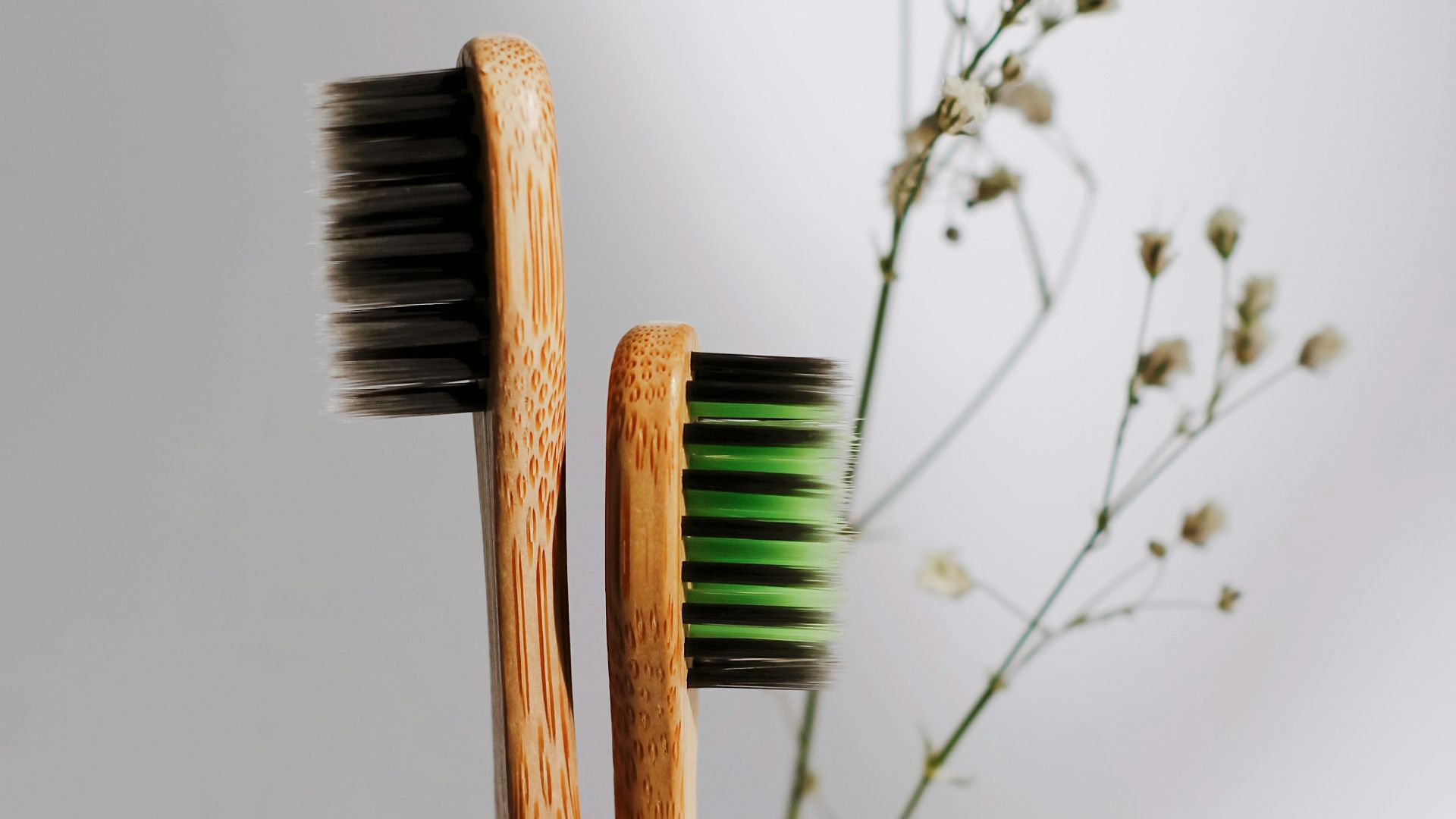 Nataliya Melnychuk on Unsplash
Nataliya Melnychuk on Unsplash
5. Aerosol Particles
If fecal matter can land on bristles, you bet other aerosols cause damage, too. Perfume, hairspray, and deodorant can spray everything else in the vicinity, including your toothbrush. The next time you go to use it, you’ll spread all that stuff into your mouth.
6. Hidden Food Debris
Worn-out bristles and improper rinsing can leave behind yucky food particles. The goal is to remove that stuff from both your teeth and your brush, but sometimes, debris is sneakily hiding—and will then find its way back into your mouth.
 National Cancer Institute on Unsplash
National Cancer Institute on Unsplash
7. Moisture Build-Up
Bacteria love moisture! Improper storage leads to a wet toothbrush, which, in turn, leads to all sorts of gross particles. People also like to cover their toothbrushes to prevent any aerosolized fecal matter, but you’re really stopping one problem and causing another: covers lock in moisture.
8. Blood in the Bristles
Brushing too hard can easily lead to bleeding gums. You might also have some plaque build-up, which can get knocked loose with flossing or harder bristles. Much like food particles, blood lives in the bristles and can get transferred to you during your next use.
9. You’ve Had It Too Long
We understand hanging onto a good pair of sneakers—but your toothbrush isn’t something to hoard. The longer you keep it, the more you wear it down, and the more bacteria it’s privy to. You never want to keep one longer than a few months.
10. Tons of Bacteria
We’ve covered herpes, e.coli, and food particles…but that’s not the end of it! Depending on the age—and state—of your toothbrush, you might see streptococcus (which is linked to tooth decay, staphylococcus (which is linked to viruses), or lactobacillus (which is linked to cavities).
We don’t mean to scare you, but now that we know what’s lurking in the bristles, we can dive into some proper protection!
1. Get the Right Bristles
Not all toothbrushes are made equally; some come with straight bristles, while others come with angled ones. Some even have a combination of the two! Ideally, you want angled bristles. They really get into the nooks and crannies of your teeth, prevent gum disease, and provide a deeper clean.
2. Wait to Brush Your Teeth
Funnily enough, it’s not always wise to brush right after a meal. Some foods we love most wear on our enamel, and brushing right after a hearty dish is a good way to cause further damage. Wait at least 30-60 minutes before scrubbing away; you’ll protect your teeth and your toothbrush, too.
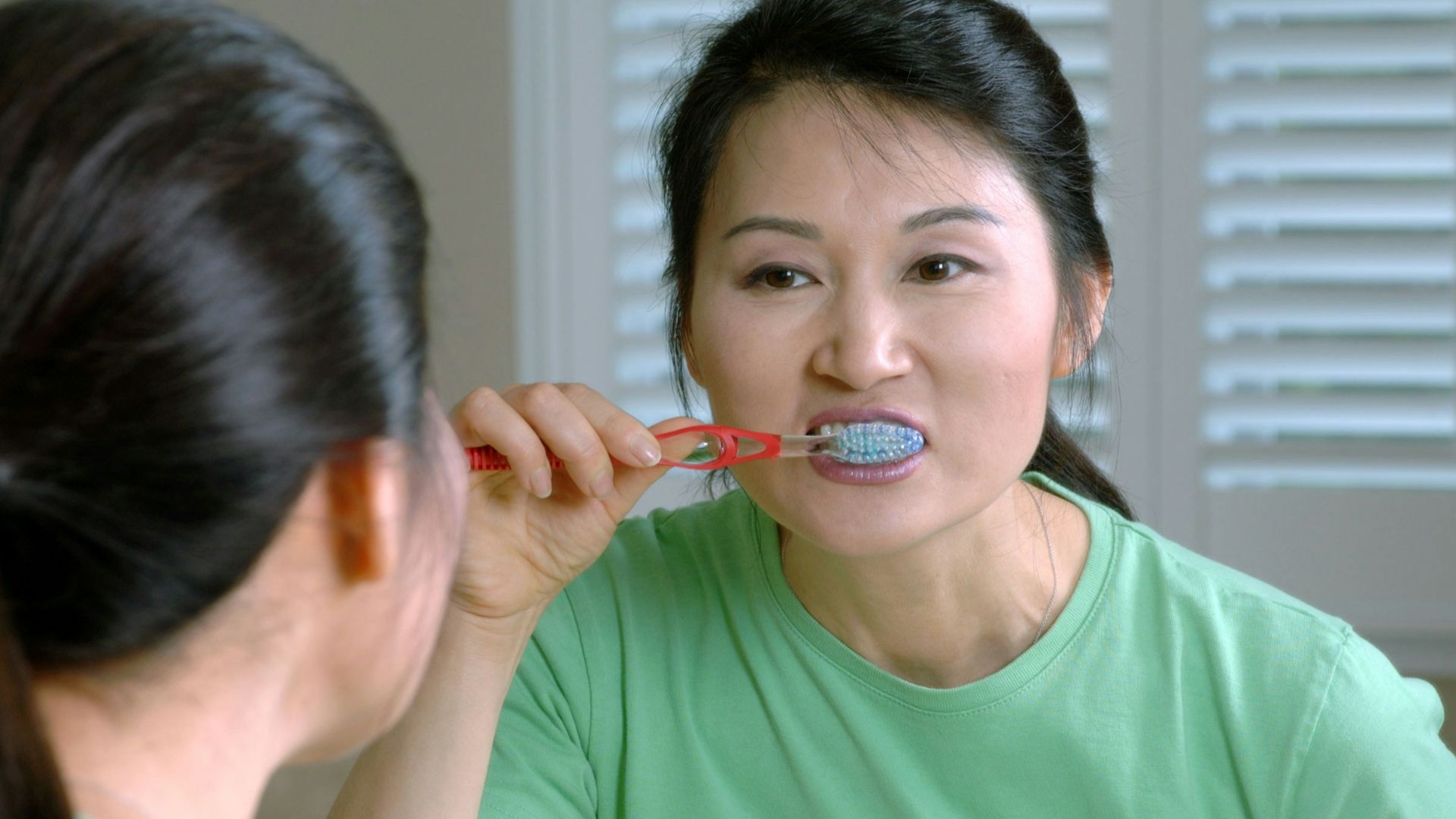 National Cancer Institute on Unsplash
National Cancer Institute on Unsplash
3. Swap it Out for a New One
Dentists recommend swapping out your toothbrush every three months. It might sound like a quick turnaround, but when you make the switch, you ensure that those bristles are nice and clean every time. The longer you leave it, the more bacteria have a chance to build up.
4. Make Sure You Rinse
It’s not enough to rinse your mouth after brushing—you need to rinse your toothbrush, too. A few seconds under warm water gets rid of any toothpaste residue, blood, or food particles that might still be lurking.
5. Don’t Store it Near the Toilet
The last place you should store your toothbrush is above the toilet. It shouldn’t even be out in the open beside the sink! The best place is tucked away inside a cabinet; you won’t have to worry about any fecal matter or aerosols coming into contact with it.
6. Never Keep a Cover On It
As we discussed, it’s not the smartest move to cover your toothbrush. Rinse it, stick it upright in a holder, and leave it to dry. Keeping it covered traps moisture, which is a breeding ground for bacteria.
7. Do a Deep Clean
Studies have shown that soaking your toothbrush in a cup of hydrogen peroxide is one of the best ways to clean it! Some people also leave their toothbrushes in antibacterial mouthwash or simply run them under hot water. Either way, a deep cleanse is always a good way to knock debris loose.
8. Brush Your Teeth Long Enough
Dentists have been telling us the magic number for years: two minutes at the sink. However, the average person only brushes for about 30-45 seconds. As annoying as it is, set a timer and brush for the recommended amount! The better you brush, the healthier your teeth will be, and the cleaner your toothbrush will be.
9. Have a Spare, Just in Case
You never know when you’ll get sick or sprout a pesky cold sore. It’s always worth it to have a spare toothbrush, just in case. It’s not like they expire either, so you can whip it out whenever you need to make the swap!
10. Store Yours Separately
We don’t always consider the risks of storing toothbrushes next to each other. But that’s how bacteria spreads, so you might want to consider a sizeable holder or even two separate ones to ensure you don’t run into any issues.



